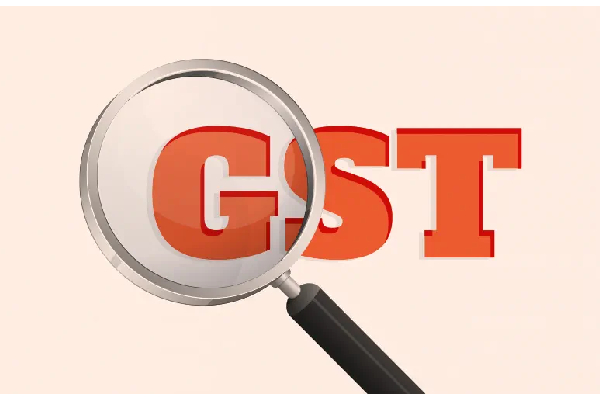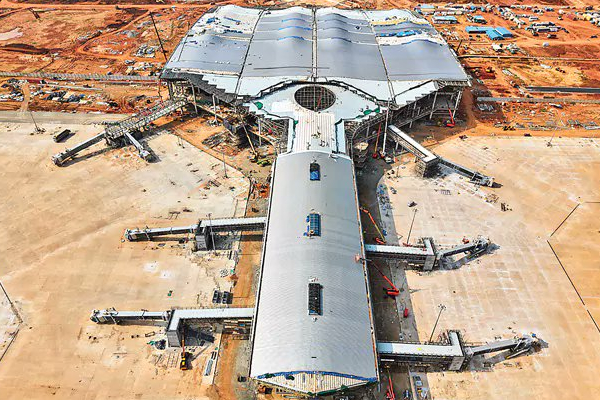In a landmark decision, the 56th GST Council meeting chaired by Finance Minister Nirmala Sitharaman has approved a sweeping rationalisation of tax rates, replacing the existing four-tier structure with a simpler two-tier system of 5% and 18%. In addition, a 40% levy will apply on “sin goods” such as tobacco, aerated drinks, luxury vehicles, and personal-use aircraft. The changes will take effect from 22 September 2025, coinciding with the start of Navratri.
Key Highlights of the New GST Structure
5% GST Slab: Essentials such as ultra-high temperature (UHT) milk, paneer, and Indian breads like roti, paratha, and chapati will now attract a nil rate. Several items including namkeen, bhujiya, sauces, noodles, coffee, chocolates, butter, and ghee have been shifted down to 5%. Agricultural equipment and bio-pesticides also benefit from this cut.
18% GST Slab: Non-essential goods and services like air conditioners, all televisions, dishwashers, motorcycles below 300 cc, and auto parts are now under the 18% slab. Cement too sees a sharp reduction from 28% to 18%. Buses, trucks, ambulances, and three-wheelers will also enjoy lower rates.
Nil Rate for Medicines: Life-saving drugs, including three key medicines for cancer and chronic illnesses, move to the nil rate. All other medicines and medical devices will attract just 5%.
Special 40% Slab: Pan masala, cigarettes, gutkha, chewing tobacco, carbonated beverages, luxury cars costing above ₹50 lakh, yachts, and private jets fall into this category. GST will be calculated on the retail price of tobacco products, with the current cess continuing until loan repayments under the compensation account are cleared.
Insurance and Services
In a major relief for the middle class, all individual life and health insurance policies, including senior citizen and family floater plans, have been exempted from GST.
Industry and Consumer Impact
Experts describe this as the “biggest and boldest” set of rate cuts since GST’s introduction in 2017. The timing, ahead of the festive season, is expected to boost consumption while simplifying compliance. Businesses, particularly SMEs, will need to recalibrate billing and input tax credit systems, but are likely to benefit from automation and reduced disputes.
With essentials becoming cheaper, cement and vehicles more affordable, and medical care tax-free, the new GST structure is set to ease household budgets and support economic momentum.



































